Which martial art genre has gained more traction in the last few decades? I will say Brazilian Jiu-Jitsu (BJJ).
This comparatively modern martial art has taken center stage for its unique attacking maneuvers and benefits for mental and physical health.
But how many of you know its true origin? Do you know the history of BJJ and how Japanese art became Brazilians’ second favorite sport after football?
When I started my BJJ journey, I was curious to know the history of this beautiful martial art, and I found out there was no single source from which I could get all my answers.
I believe many BJJ enthusiasts suffer from this.
So that’s why I have decided to write an article on the History of BJJ and try to answer the question that is relevant to this topic.
FYI, I am not a historian; it is just my research and what I found out from the internet and my BJJ instructor. So, let’s deep dive!
Brazilian Jiu-Jitsu (BJJ): What is it?
For those who are new to the term BJJ or BrazillianJiu-Jitsu, It is a form of martial arts based on grappling, ground techniques, and submission.
Bjj player uses levers, torsions, and pressure for throws, strangles, and joint locks in order to neutralize their opponent.
The History of BJJ: The Origin and Timeline
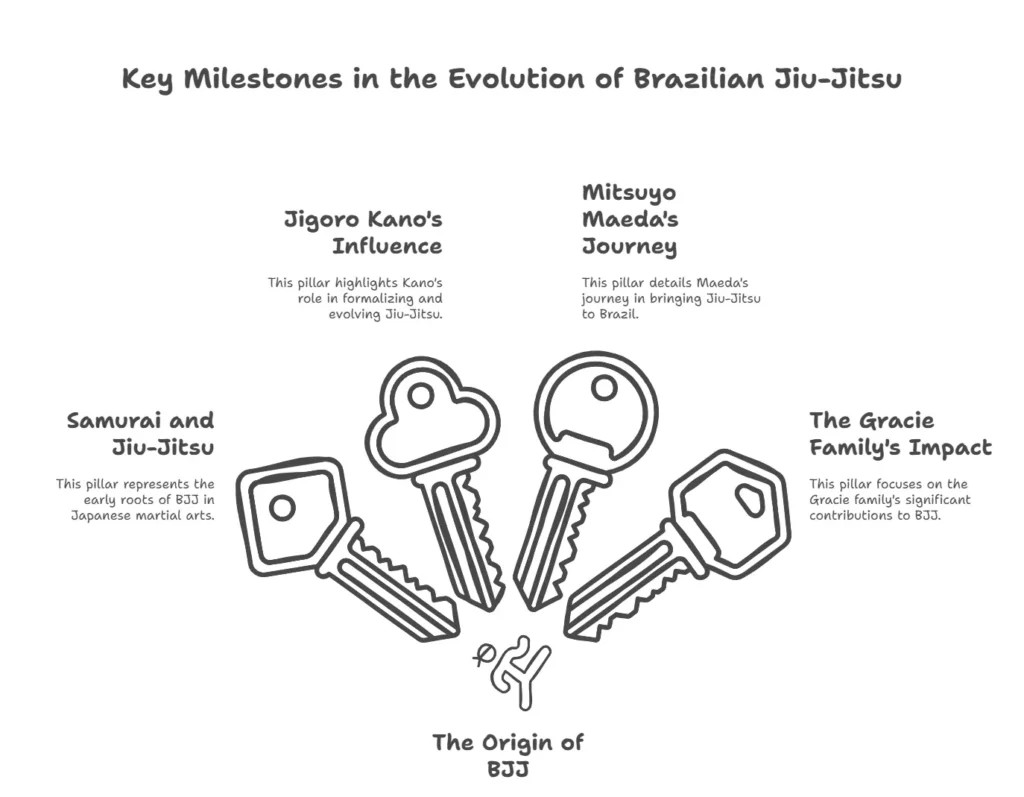
For the sake of simplicity of explanation, I have divided The timeline of The origin of BJJ can be divided into four essential parts:
- Samurai and Jiu-Jitsu: The Roots of BJJ
- Jigoro Kano’s Influence on the History of BJJ
- How Mitsuyo Maeda Brought Jiu-Jitsu to Brazil
- The Gracie Family’s Role in Shaping BJJ History
Samurai and Jiu-Jitsu: The Roots of BJJ
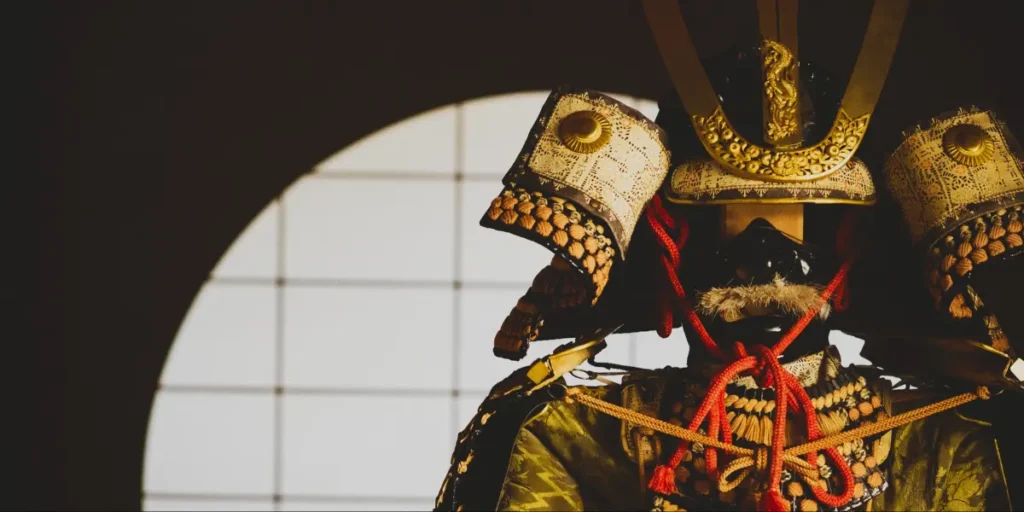
From 1158 to 1868 AD, Japan was ruled by military rulers called “Shogun”.
The Japanese military was known for its brutality and fighting skills, and the prime component of this group was the samurai!
Samurais were known for their superior fighting technique with amazingly forged weapons. Samurais have used three types of weapons:
- Primary weapon: Long swords, also known as katana.
- Secondary weapons: Short swords or wakizashi and knives or Tanto.
- Bows and Arrows, Spear, or Yari
While samurais have been feared for their extraordinary fighting skills with swords, they also had a prominent weakness in their defense.
It was customary for Samurais to wear heavy armor to save themselves from the blade of their opponent. Because of its weight, The armor can save the samurai from katana But makes him slow to move.
To counter this loophole, masters of martial arts in Japan had come up with the idea of using the weight and moving speed of the rivals to disarm and neutralize the threat. This martial art was called jiu-jitsu.
Jiu-Jitsu (if translated into English, it means yielding way) basically focuses on the use of strangles, joint locks, throws, and pins on attackers in close and unarmed combat.
This art can be used in both offensive and defensive ways, making it a great addition to the samurai’s arsenals.
Jigoro Kano’s Influence on the History of BJJ
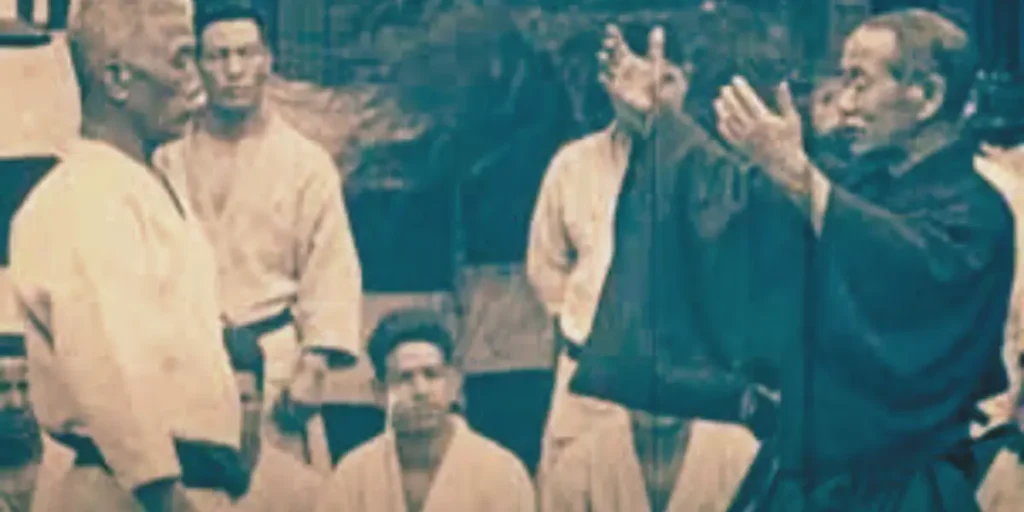
In 1867, the enlightened rule of the Meiji era began in Japan. After centuries of feudal rule followed by mass killings, war, and clan clashes, Japan finally decided to change its regime and opened the door to the world.
This new era gave the people of Japan hope and freedom to live a life of prosperity without war and bloodshed.
The government banned the use of weapons like katanas, and the military was modernized with guns and other firearms.
As the samurai class was abolished in Japan, so were their martial arts at that time. People used to practice martial arts under senseis in the nighttime, and the practice of martial arts was frowned upon by most of the elite class.
Jigoro Kano (1860-1938) was a member of an elite family in Japan.
He was sent to a prestigious language school to learn languages, but because of his small size, he was bullied in the school.
Kano’s family thought that if he learned martial arts, it might help him build muscles and even make him taller.
From 1868, Kano trained with various masters and taught at many schools (Ryus). Among all those styles, he liked jiu-jitsu the most.
Kano saw that jiu-jitsu had the potential to be a full-fledged martial art. He modified many techniques and named it Judo, which means the gentle way.
Kano made the training more articulated by dividing Judo into two parts:
- Nage-Waza or Throwing techniques and
- Katame-Waza or Grappling techniques.
To spread his style, Jigoro Kano founded a school named Kodokan Judo in 1882. This school played a pivotal role for both Judo and BJJ.
Many students trained under Jigoro Kano and learned the secret of the gentle way.
Jigoro Kano was not only a great master but also a great visionary. To make Judo a worldwide known martial art, Jigoro sent his students to different parts of the world.
Because of his vision, within a hundred years, Judo started taking root in different places in the world. Like other arts, Judo started evolving; for example, Judo became Sambo in Russia and BJJ in Brazil.
How Mitsuyo Maeda Brought Jiu-Jitsu to Brazil
Before 1908, Brazil’s sports entertainment was ample, including circus, wrestling, and “Capoeira.” Brazilian folks loved wrestling, and there is historical evidence that wrestling was the most popular form of public entertainment in big cities like Rio de Janeiro, São Paulo, and Belém.
Two distinguished Japanese nationals initiated the emergence of BJJ in Brazil:
- Sada Miyako
- Mitsyuo Maeda
Sada Miyako
The first person who claimed to be a Jiu-Jitsu-trained fighter in Brazil was Sada Miyako.
Miyako came to Brazil in 1908 and started working with the local circus. He started fighting with the local wrestlers and often announced generous prizes for those who could beat him.
To make himself different from other wrestlers in Rio, Miyako used to wear a white Kimono/ Judo gi.
Although Miyako’s fighting and announcement of the prize gained popularity, his credentials as a Judo fighter were questionable.
He was not a student of the Kodokan school of Jigoro Kano, and no written evidence shows him as a formidable fighter.
In 1909, Miyako was reportedly defeated by a Capoeira master in Rio.
Sada Miyako might not have had a significant influence on the history of BJJ.
Still, he paved the path for Mitsuyo Maeda’s presence.
Mitsyuo Maeda (1878-1941)
Mitsyuo Maeda first landed in Rio in 1930. He was the first person to step into Brazil with the knowledge of the Kodokan Judo school.
Maeda started his training with the Kodokan judo school in 1895.
As a direct student of Jigoro Kano, Maeda was one of the best students in the school at that time.
Maeda’s specialty was his Katame-Waza, or ground fighting. With his exceptional talent, Kano selected him as one of the torchbearers of Judo.
Maeda started his exploration to spread the knowledge of Jigoro Kano in 1904.
He traveled to the USA, Russia, Portugal, Spain, and other parts of Europe and demonstrated his skill.
He fought with various local fighters and renowned boxers during his journey and defeated them. This fighting event gave him the nickname “Conde Koma” or “Count Koma.”
Maeda demonstrated his technique in Rio to the audience. Fighters with experience in Capoeira and wrestling stood no chance against the great Conde Koma.
Maeda’s skill was so great that he went to São Paulo and declared prize money of 5000 francs if anyone could defeat him and 500 francs if any fighter could stay 15 min in the ring with him.
Maeda’s technique mesmerized the Brazilians, and they were eager to learn the art of jiu-jitsu under Maeda.
In his last years, Maeda moved to Belém and started his school, where he taught students about art.
Mitsyuo Maeda’s demonstration of Judo quickly became popular in Rio and São Paulo. His entrance into Brazil significantly shaped the history of BJJ.
The Gracie Family's Role in Shaping BJJ History
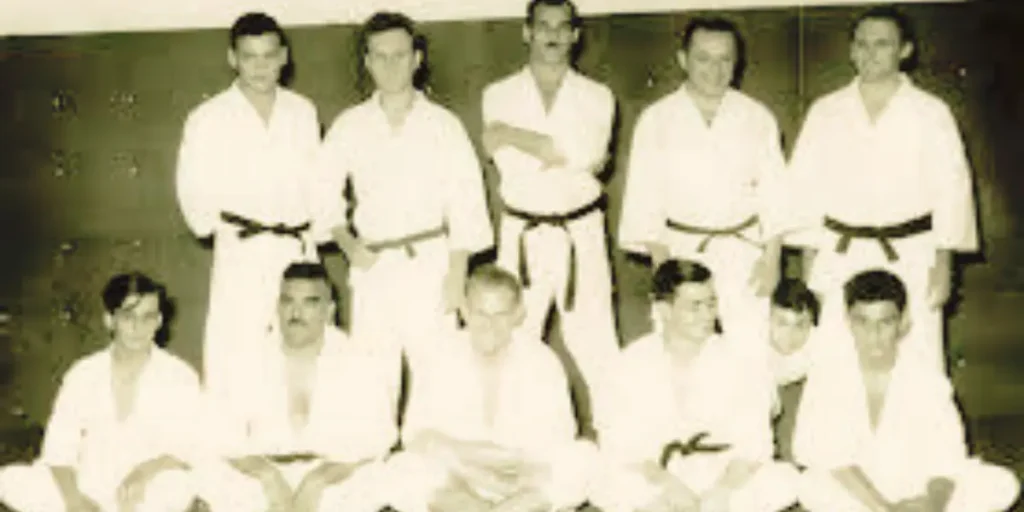
Like many other Brazilians, Carlos Gracie started practicing jiu-jitsu. Carlos Gracie had four brothers: Oswald, George Jr., Gustavo, and Helio.
There was a debate whether Carlos Gracie was a direct student of Maeda or not. Carlos, in many events, claimed that he was a direct student of Maeda.
However, many historians like Roberto Pedreira believe that Carlos was a student of Dos Reis – a direct student of Maeda.
Whether Carlos was a direct student of Maeda or not, he changed the landscape of jiu-jitsu in Brazil. Under his tactical marketing and ads, Jiu Jitsu, a Japanese art, became Brazilian jiu-jitsu.
In 1931, the Gracie family started their first dojo in Rio and started teaching their techniques to others. In the early years, they usually practiced with gis, and over the years, no-gi styles of grappling took place in Brazil.
The Gracie brothers traveled to almost all major towns to show their skills and fought with opponents. They were formidable and announced prizes if anyone could defeat them.
This event of fighting with others with different fighting styles initiated the Ultimate Fighting Championship (UFC) in 1993 by Rorion Gracie, son of Helio Gracie.
Contributions of the Gracie Family to BJJ
Carlos Gracie (1902–1994)
- Fonder of the first Gracie Jiu-Jitsu Academy.
- Carlos initiated an event called Gracie Challenge, where fighters of any style were welcomed to challenge him. This was the first stepping stone for Ultimate Fighting Championship (UFC).
- Carlos Gracie was also famous for his Gracie Diet, a nutritional system that improves the health of BJJ practitioners.
Hélio Gracie (1913–2009)
- Among Gracie’s brothers, he was the smallest and probably the most fierce one. His techniques were more suitable for those who were smaller in size.
Rorion Gracie (b. 1952)
- He is considered to be a pioneer in the history of BJJ for introducing it to the USA.
- He is also co-founder of the Ultimate Fighting Championship (UFC).
Royce Gracie (b. 1966)
- In the earlier events of UFC, Royce defeated many formidable components with more significant weight and height. It helped gain popularity for BJJ.
Carlos Gracie Jr. (b. 1956)
- Founded the International Brazilian Jiu-Jitsu Federation (IBJJF), which standardized competition rules and organized global tournaments.
Kyra Gracie (b. 1985)
- One of the first female Gracie family members to achieve international recognition in BJJ.
Final Thoughts
In conclusion, The origin of BJJ started in the early ages of Japan and evolved with time and place.
If you look at the history of BJJ carefully, you will find out some extraordinary facts.
Had Maeda specialized in throwing rather than ground technique, would Brazilians take the style?
And what if Helio Gracie were like other Brazilian wrestlers in terms of height and weight? Would that make BJJ as popular as it is now?
As I have stated earlier, the history of BJJ is not a linear path but rather a path full of ups and downs and some surprising twists and turns. Hope this article helps you with your urge to know about the History of BJJ.
You Might Also Like






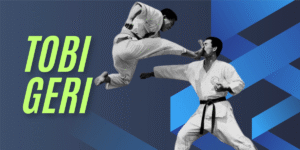
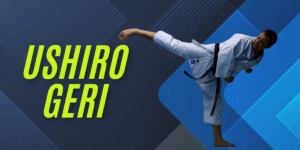


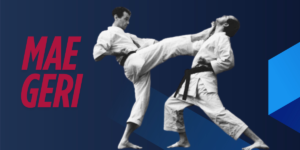
Pingback: Gi vs No Gi BJJ: Ultimate Guide for Beginners - Fighters Wisdom-Martial Art Insights